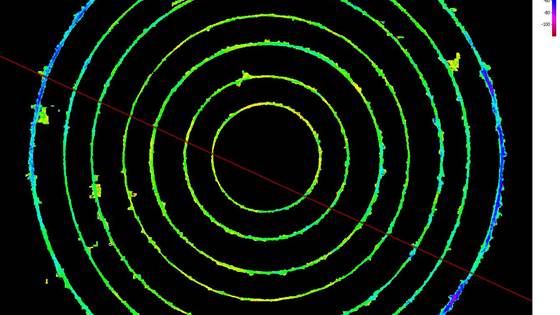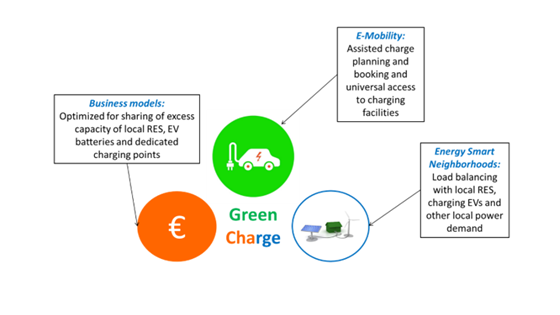
UnWarp: Understanding warping corrugated board with machine learning
Warped cardboard is a major quality issue in the production of corrugated cardboard. It reduces the productivity in the converting units, causes reduced quality on the final product, and increases waste. In UnWarp we are using machine learning to...
















